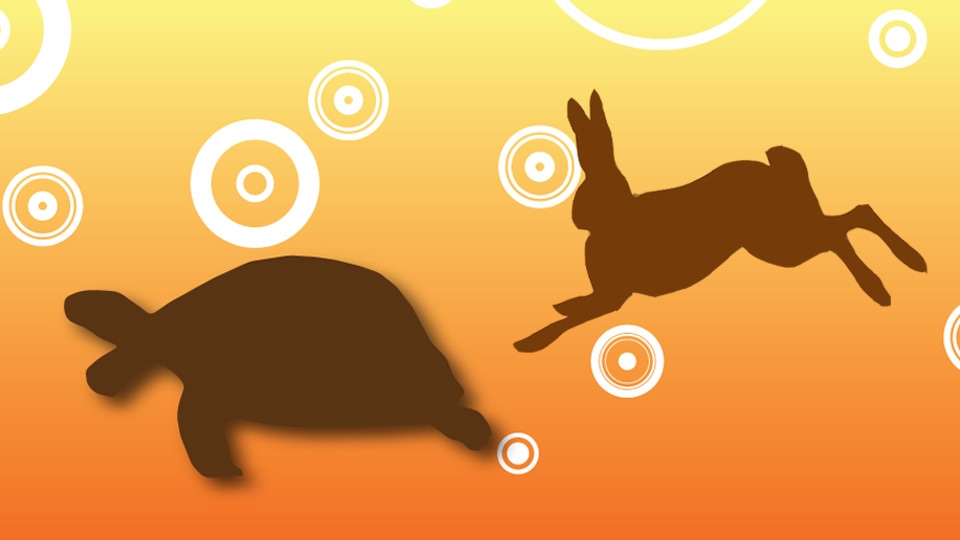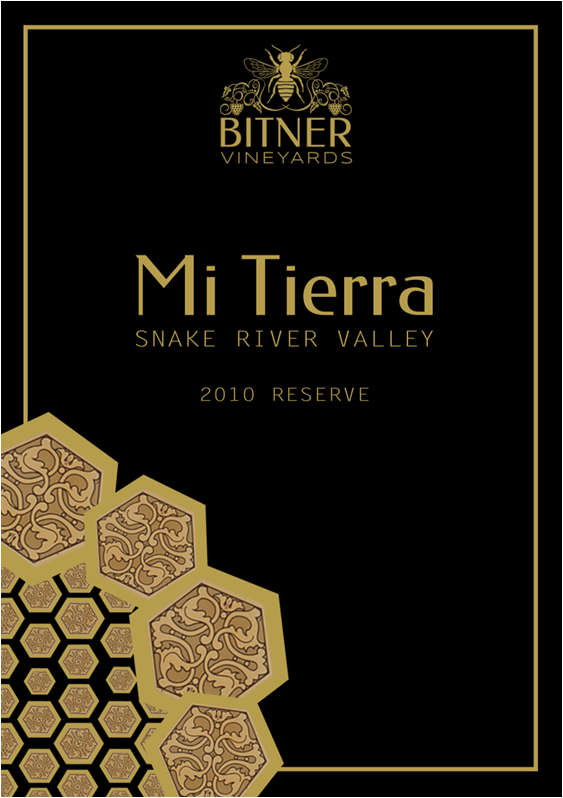n
J.K. Rowling
Last November I was in Idaho’s Snake River Valley working on a project with the Idaho Wine Commission. My task was to visit winery tasting rooms and be a “secret shopper” of sorts, taking notes on the various wineries visited. The end goal was to present my findings to the commission and its members at their annual conference in February a few months later.
Idaho now has 52 wineries with over 1,300 acres under vine producing an average of 164,000 cases a year. The Snake River Valley, an AVA since 2007, has a unique climate. The combination of an average elevation of 2,880 feet, semi-arid climate, rich volcanic soils, and a compact—and very intense—growing season make for wines of considerable intensity that offer purity of fruit and high natural acidity.
On a brisk Saturday morning I drove to the Snake River Valley, about an hour from Boise. My first stop was at Ste. Chapelle, the state’s oldest and largest winery. Afterwards, I had several, much smaller producers to visit. The first on the list was Bitner Vineyards, a winery in the Sunny Slope region near Caldwell. I turned down a long winding drive into the winery. No other cars were in sight and the place looked almost deserted. No mystery as practically all the wineries in the valley don’t open until noon on Saturday—a detail I somehow had missed on the itinerary. Undeterred, I tried the tasting room door only to find it locked. After knocking lightly a couple of times, the door was opened by Amy Bitner. She explained that the winery wouldn’t open for almost half an hour but I was welcome to come in and wait. What happened next was a one of my best tasting room experiences ever.
Amy and her colleague were in a mad rush to clean up from a big fall release party the night before. After making chitchat for a few minutes, she decided pour for me wine even though it was probably the last thing she wanted to do. While she was cleaning and setting up for the day, Amy poured all the current releases for me describing the wines in detail. She then went on to tell the story about her dad and how he started the winery years before. It went something like this:
Ron Bitner is originally from a small town in Idaho with a population of less than 200. He went to the College of Idaho before pursuing a master’s degree at Purdue where he studied entomology, focusing his work on one kind of bee–the blue orchard bee, a pollination bee. Bitner would go on to get his Ph.D. in entomology from Utah State where he studied the leaf cutter bee—a bee he would work with for his entire career. After finishing his doctorate, Bitner worked for Pioneer Hi-Bred, a large seed company, for over four decades as a pollination consultant.
In 1979, Ron was looking for a home for his family back in Idaho. He knew about the Sunny Slope area of the Snake River Valley from his experiences there growing up. He purchased 15 acres there later the same year. At the time, there were only two wineries in Idaho, Ste. Chapelle and another smaller, now-defunct producer. Bill Broich, the first winemaker for Ste. Chapelle, lived on the next property. He told Ron that the part of the lot he had just purchased with a south-facing slope was potentially a world-class site for Chardonnay. Bitner didn’t even know what Chardonnay was at the time. But Ron took Bill’s advice and the family planted two acres of Chardonnay later that year. In the years to come, Riesling and other grapes were added with the fruit being sold to Ste. Chapelle and other wineries.
All that changed in 1995 when winemaker Greg Koenig initially purchased fruit and then offered to make wine for the family. The first releases made by Koenig were in 1997 from the ’95 vintage. Eventually an old tractor shed with an added deck became the winery and tasting room. In the years since, Koenig has continued to be the winemaker, production has gradually increased, and the Bitner wines have found a broader market.
Ron had always wanted to have a wine that would showcase his family’s vineyard; a grand reserve of Idaho. In 2010 Koenig made three barrels of a Petite Verdot-Syrah blend that would come to be called, “Mi Tierra.” Mi Tierra translates as “my native land” or “my roots.” The wine reflects the unique terroir that is the Snake River Valley and the Bitner vineyards. It also pays tribute to Ron’s long career working with the leafcutter bee. No surprise that bees figure prominently on the label. Without doubt, Mi Tierra is one of the most striking and attractive wine packages I have ever seen. The wine is outstanding too.
How important is “story” to the success of a winery? I asked longtime friend and colleague Paul Wagner. Paul is the founder of Balzac Communications, a successful industry PR Company based in Napa. Over the years, one of the things Paul has repeatedly told me is how important the role of storytelling is to marketing and selling wine. When I called him about this post he began by saying, “I’ll go back to my experience as a teacher. In the basics of communication, we teach and learn by using stories and not by quoting numbers or data. Students remember stories when they don’t remember facts. They repeat stories in a way that they never repeat facts. Storytelling has proven to be just as effective in selling wine as in teaching history or anything else.”
I then asked Paul how important storytelling was to his work with winery and other industry clients. He responded, “It’s one of the first things we do when we sit down with a client. We try to get them to explain who they are. My latest mantra is, ‘don’t tell me how you make the wine, tell me why you make the wine.’ What a consumer really wants is to share that expression, that dream. We think winemaking is either an art or a craft. In each case we need to understand the person behind creating that art or craft, the same way we want to know what Beethoven was thinking when he wrote one of his symphonies or what was Picasso thinking when he painted.”
I immediately wondered how storytelling could work in the case of a winery or wine group that clearly made commercial wines. What could the story possibly be then? He answered by telling me about the time when he and his team helped launch Red Guitar, a Garnacha blend from the Navarra province in Spain marketed by Constellation. He said that initially they were told that the company had gone to Navarra and sourced some very good wine from local producers. So there didn’t seem to be much of a story. He continued, “When we called the people who were making the wine and talked to them about where the wine came from, it turned out that there was a wonderful story. Back in the 1950’s, a single nobleman owned the entire region. All the vineyard owners at the time were sharecroppers working his property. Then the local Catholic priest organized all the farmers and managed to get the church to front them the down payment for the land they were working. He then negotiated with the owner so the farmers could purchase their own vineyard and have a say in the land as time went on. That’s a great story and it made for really interesting reading.”
My last question to Paul was about storytelling and how it applies to the sommelier world. In most cases, the window of opportunity to sell a glass or a bottle is less than a minute, much less thirty seconds. Does storytelling apply to selling wine on the floor? He answered, “Absolutely, it’s much more effective. No one has ever walked into a restaurant and said, ‘I’m looking for wines made from volcanic soils.’ However, if the sommelier turns to the diner and says, ‘There’s a great story behind this wine,’ that’s all they have to say. The diner will want to hear the story and it doesn’t have to be 22 minutes long. You can tell a good story in less than a minute if you know how to tell it. That’s what people want. I always say that the biggest fear any consumer has when they buy a bottle of wine is that someone else at the table will say, ‘Why the hell did you buy this?’ An answer of 17 months in French oak with full malolactic fermentation and calcareous soil doesn’t really answer the question; at least not like saying, ‘my mother was born in this village or this wine was made by a guy who works the vineyard only using horses for farm equipment.’ Any of those sorts of stories will be a far more interesting and compelling reason that the bottle is on the table than the alcohol content is 14.3%.”
I’m inclined to agree with Paul completely and for more than one reason. A quick inventory of some of my favorite wines inevitably brings up a good, even great story. Bernkasteler Doctor? Etna Rosso? Clos Vougeot? All have great stories.
As sommeliers and industry professionals, it’s all too easy for us to geek out about the minutia surrounding a given wine, spouting numbers about R.S., T.A, and the like; numbers that are almost always meaningless to our guests. In doing so we quickly lose touch with what could be the most interesting facet of a wine—the story behind the bottle. It’s these stories that can help forge a connection between the guest’s experience and the wine; a connection creating memories that last for an evening if not for years afterwards.
nn

